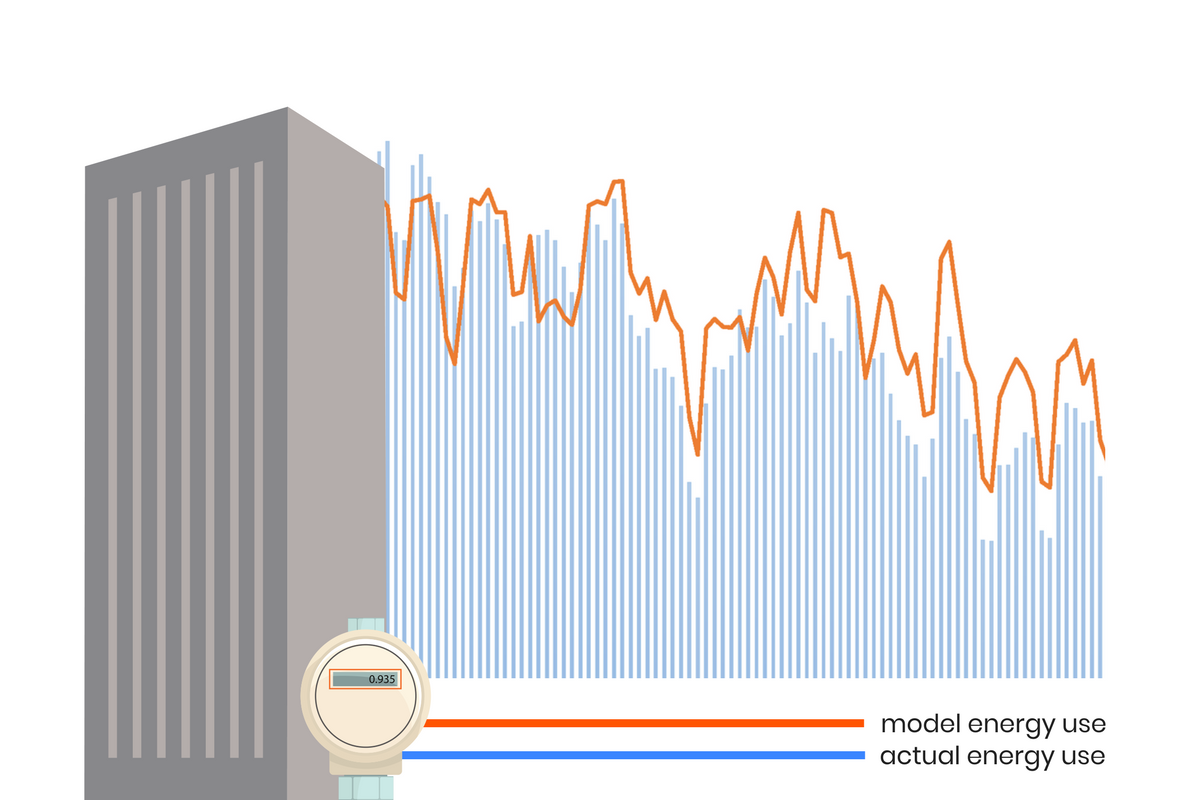Project Info
COMPLETE
 Project Title
Project Title
 Project Title
Project Title
ET17SCE1040 - UCOP Deep Energy Optimization Study
Project Number ET17SCE1040 Organization SCE End-use Whole Building Sector Commercial Project Year(s) 2016 - 2018Project Results
This project effort was part of the pathway to the development of the Normalized Metered Energy Consumption Savings Procedures Manual.
Project Description:
Southern California Edison (SCE), The Gas Company (SCG), University of California, Irvine (UCI) and the University of California Office of the President (UCOP), are partnering on this project to develop and apply a whole-building measurement and verification (M&V) approach in two UC Irvine campus buildings. As an Emerging Technologies project, the objective is to study a new methodology that will utilize energy data measured in short time intervals made available from the customer-owned and calibrated electric, natural gas, chilled and hot water meters installed in these buildings. The use of short-time interval data in energy models is not a standard practice, as model development methods are more advanced, and the standard statistical rule set which is based on linear methods such as ordinary least squares may no longer apply. However, short-time interval energy data sets offer several advantages that justify overcoming these technical barriers. These advantages include: shorter time for data collection and analysis, and faster feedback on building energy and savings performance. This project methodology is parallel to meter base data studies and will contribute to the M&V development of NMEC.
Project Overview:
In addition, the project team was pursuing Demand Response opportunities that potentially could be developed from the outcomes of the UCOP project. Before the development of the Demand Response project it became evident that any new DR opportunities were not available at the time other than current existing programs. The project team moved to cancel the DR portion of the project.
Outcome to Project Plans: SCE developed this Normalized Metered Energy Consumption (NMEC) Savings Procedures Manual, to further specify procedures and requirements for implementing the NMEC savings analysis for individual projects in commercial sector customer facilities. It is intended to provide PAs, their implementation contractors, the CPUC, and program evaluators some consistency in the methods used to implement and document NMEC-based Measurement and Verification (M&V) procedures for each site-specific project.
Attached Supporting Documentation: Normalized Metered Energy Consumption Savings Procedures Manual.
